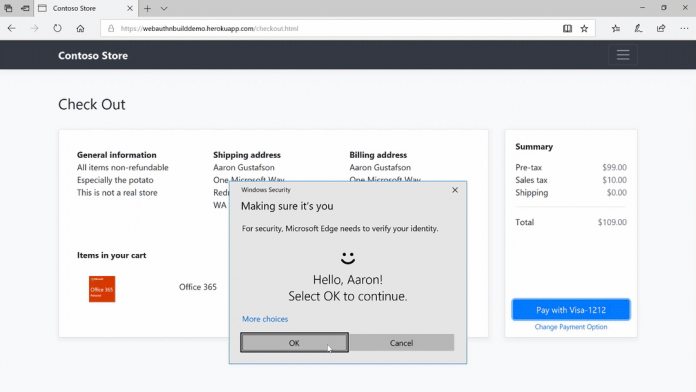Though the feature won’t be available to the general public until the next version of Windows releases in later this year, it’s an early look at what’s to come. “We trust web sites to process credit card numbers, save addresses and personal information, and even to handle sensitive records like medical information,” said Microsoft in a blog post. “All this data is protected by an ancient security model—the password. But passwords are difficult to remember, and are fundamentally insecure—often re-used, and vulnerable to phishing and cracking. For these reasons, Microsoft has been leading the charge towards a world without passwords.” With very few websites currently supporting Web Authentication, that future is looking a long way off. However, with Microsoft Edge and Chrome both moving towards the standard, it’s only a matter of before they begin to implement it. Microsoft also says its working with several industry partners to make its vision a reality. One collaboration is with FIDO alliance for external FIDO2 security keys and two-factor devices. The hope is that users will eventually just have to glance at the screen to make purchases and won’t have to worry about remembering multiple complex passwords. OneDrive for Android recently received support for fingerprint login, joining the list of Microsoft services that support the feature. You can find more information about Web Authentication in Windows on the official blog, or become an Insider to test it yourself.




